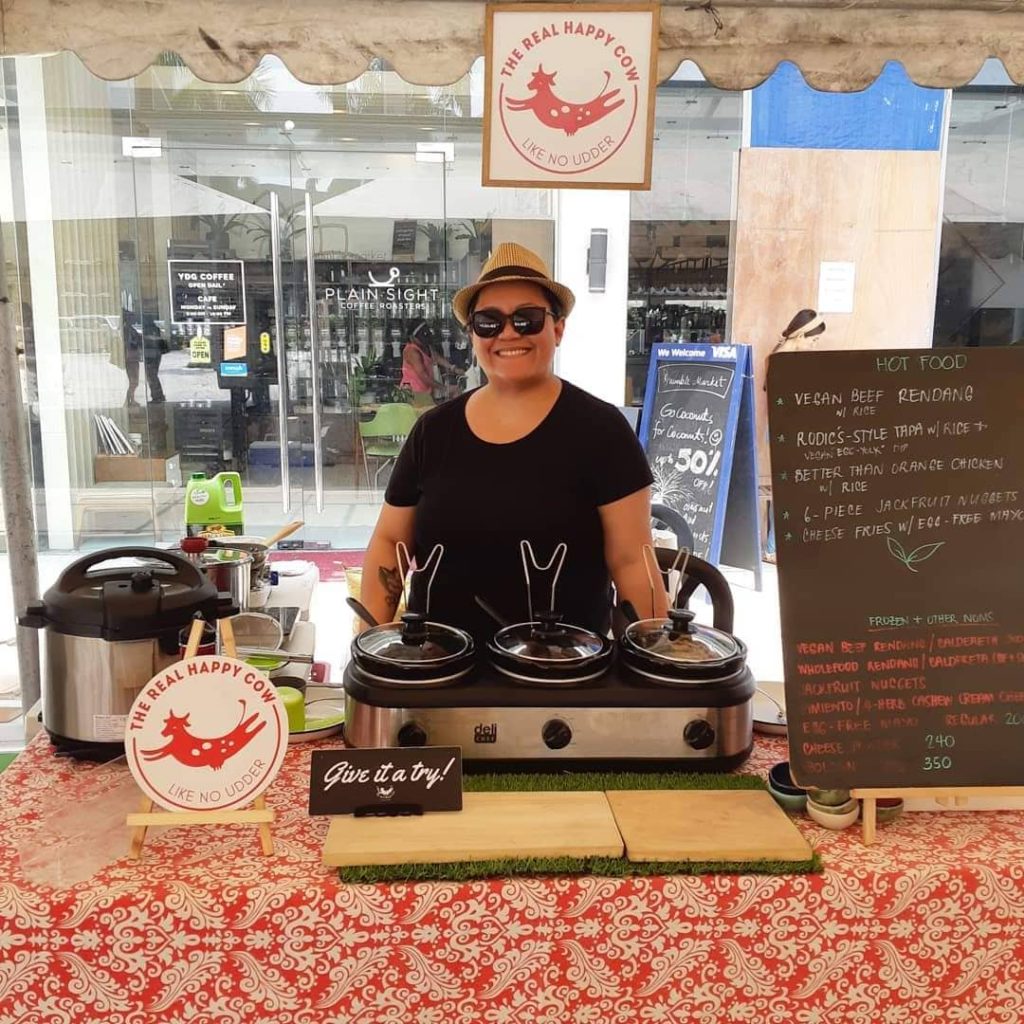FOOD ENTREPRENEURS BEAT THE HOLIDAY RUSH
By Myrna Rodriguez-Co
After the flurry of shopping and gift-giving, feasting and partying, sprucing up and decorating, the average person is seen as broke and physically drained, if not hung-over, after Christmas.
On the other hand, the typical entrepreneur presents a contrasting after-holiday image. He is stereo-typed: as “ laughing all the way to the bank.”
Sure, store owners and manufacturers would have most certainly made more profit than usual during this so-called “crazy” season ” of mindless shopping and spending.
But “laughing one’s way to the bank” implies amassing money the easy way. s
No, it has not been easy for most entrepreneurs to cope with the spike in holiday demand. In fact, holiday hassles can take a toll on on a harassed entrepreneur’s well-being.
Dr. Herminia Fajardo, trustee of the Small Enterprises Research and Development Foundation (SERDEF) urges small businessmen to get ready with a game plan long before the “ber” months are ushered in. This means stocking up on inventory, looking at cash flow, checking that facilities and equipment are in tip-top shape, and identifying promotional activities to implement to make sure the business gets a share of the shopping and as “madness,”

Lakapati Basa is among the entrepreneurs who have prepared well for the holiday rush.
Lakapati’s The Real Happy Cow is a maker of vegan heat-and-eat meals like caldereta, rendang and langka nuggets. The company is also noted for its dairy-free cheeses, egg-free mayonnaise and meatless sauces and dips.
Basa confirms that the last three to four months of the year were quite taxing for a food manufacturer like here.
With four years business experience behind her, she has learned that indeed, preparation is crucial.
As early as September, she has hired and trained temporary staff to supplement her regular work force.
Another measure she took was to carefully forecast sales for the holidays, using historical data. Then she made sure she had enough production capacity, including raw material supplies, to meet the projected demand. “Doing so is a sanity preserver,” she says
And because she realizes that people are the most important factor of production, she carefully monitored her people to ensure their wellbeing.
She constantly checked if any of the team, including herself, was on the brink of a burn-out. “Early this December, we all took a three-day break to catch up on much-needed sleep and fresh air and nutritious food.”
Charlene Cruz, 25-year old owner of Sweet O’clock, relates her recent experience trying to meet a big volume of holiday orders. It was for 700 jars of leche flan, chocolate cake and coffee jelly con leche which she had to finish in record time in order to meet a delivery timeline of fourconsecutive days (December 12- 15). The work was particularly taxing as she had to contend as well with her day-time job and church commitments. She beat the deadline with judicious time management, with the help of her parents, and “by the grace of God.”
In her own words:
I shopped for ingredients during weekends. I devoted weekdays to production – cooking, baking, cleaning and washing. As I worked in the kitchen, I answered inquiries and monitor payments edgewise..
Nighttime was for recording purchases and laying out and cutting stickers (labels).
There were incredible days I went straight home from my job to cook and then supervise packing. I would often deliver the goods myself, usually by public transportation.
I couldn’t believe that I managed. But I did — with the help of my parents who worked side by side with me and were as sleep-deprived as I was.
I also have to thank Katinko and Salonpas (medications for muscle strain) for keeping me from total collapse.
Most of all, I was able to do it with the help of the One above. ‘Ang galing mo, Lord.”
